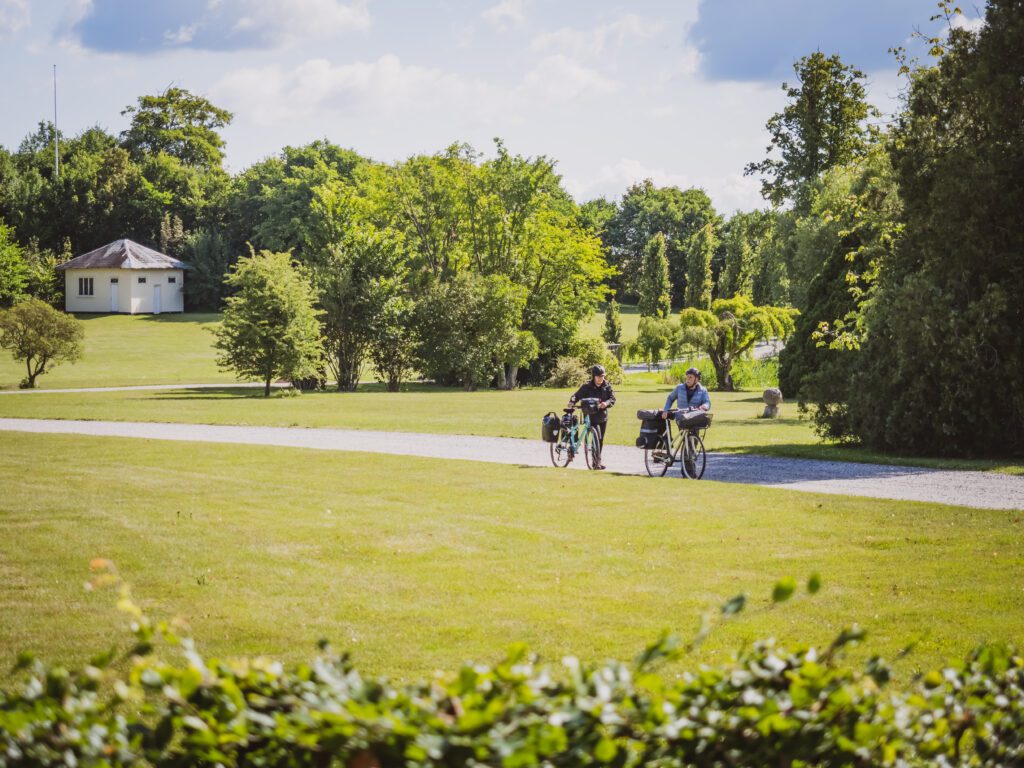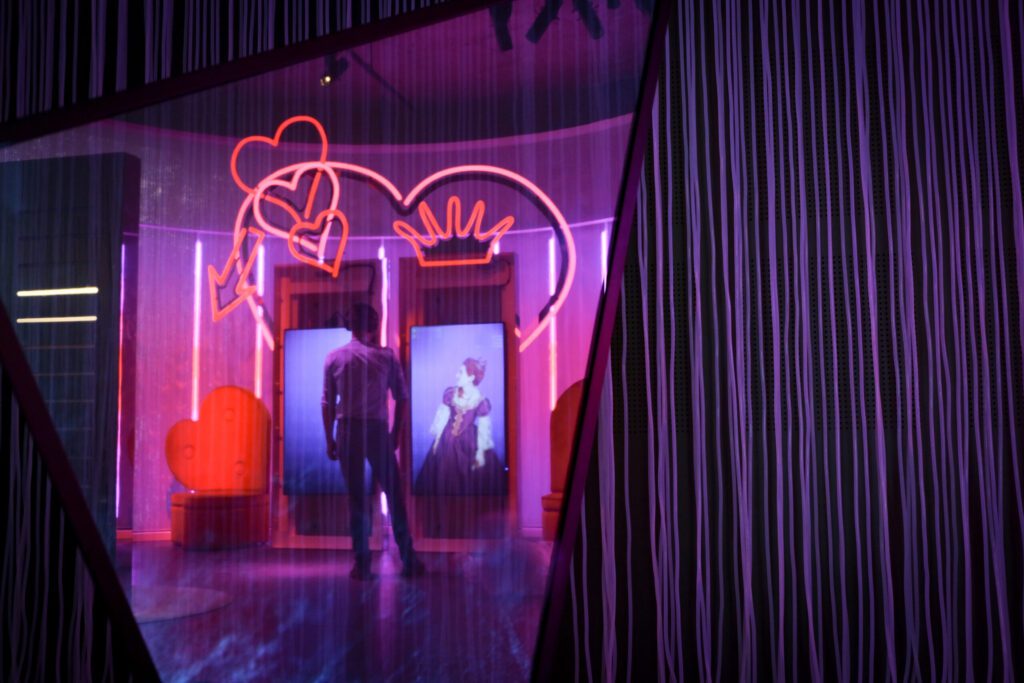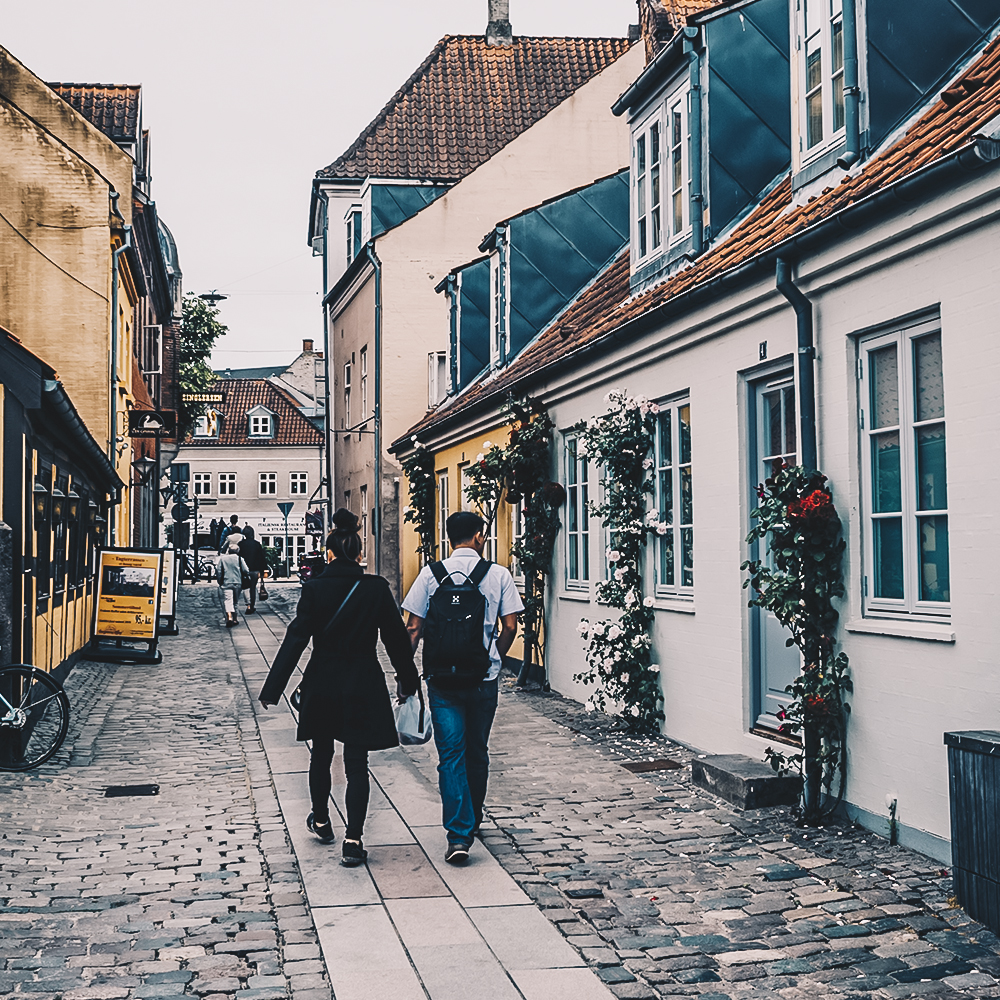In buzzy Copenhagen, a beacon of sleek Danish design and the torchbearer for the world’s most idolized cuisine (New Nordic), visitors today seem most mesmerized by the capital city’s contemporary perspectives and forward-thinking way of life. Just snagging a reservation at Noma, Rene Redzepi’s two-Michelin-starred sanctum, akin to winning the lottery, has become a raison d’être for worldwide epicureans. Attitude-wise, the harbor-side city, with its denizens often rated the world’s happiest, forever leads in trendsetting—even though it also embraces its swish royal family and other aspects of its prodigious past.
But there’s another Denmark I love just as much. It’s the timeless, storybook Denmark one finds on the island of Fyn (Funen in English, pronounced “Foon”).
I visited during the pandemic just as widely-vaccinated Denmark chose to eschew masks and tiptoe back to our former lives with a well-accepted vaccine passport. Plunging in with the locals, showing my vaccine card at every turn, I felt a sense of freedom and a great respect for the country’s unerring willingness to accept a certain amount of inconvenience for the greater good. To me, this canniness defines Denmark.

But there’s another Denmark I love just as much. It’s the timeless, storybook Denmark one finds on the island of Fyn (Funen in English, pronounced “Foon”). Just an hour by train across a heart-stirring suspension bridge from Copenhagen, Fyn (and its related islands) has orchards, mysterious sea coves, wineries, farms, forests, serpentine bike paths, and 123 castles, some of them purportedly haunted. Right from the pages of a story, its main city, Odense, the birthplace of writer Hans Christian Andersen, immediately summons the scribe’s tales. Cobbled, serpentine streets; climbing rose vines; swans; colorful, wood-beamed, gabled houses; witch-hat steeples; and cruiser bikes leaning on picket fences: all combine to transport visitors. The city’s charms clearly evince how a creative mind might come up with fairytales as deeply textured as Andersen’s The Little Mermaid, The Princess and the Pea, Thumbelina, and The Ugly Duckling when living in such a town. “Life is a fairytale,” he wrote, and in Odense, you may believe it, too.
I visited Odense to be among the first to preview the newly opened H.C. Andersen House, a museum built on the grounds of the writer’s childhood home. Jaw-dropping and unconventional, it celebrates Hans Christian Andersen, Denmark’s equivalent to Shakespeare, from a new perspective. With whimsy and eccentricity, deeply intellectual and playful at once, it offers an energizing, alternative reality as fanciful as any of the beloved icon’s fairytale characters. Designed by Japanese “starchitect” Kengo Kuma, known for his work on the Tokyo Olympic Stadium, the adventurous museum expands on the site of Andersen’s childhood home with a circular, modern wedding cake of a building, surrounded by gardens. The front doors, made from beams and glass, lead to a swirling vortex where visitors descend into the adventure from an upper floor, a route that seems magical in itself.

Purposefully not linear, the museum approaches its subject unconventionally. The undulating path from room to room keeps things fluid, a reminder that Andersen’s stories, like poetry, can be digested and processed on many levels. I watch as some of his best known stories come to life, the characters talking about Andersen as if they were gossipy observers. A few galleries use Andersen artifacts—such as artwork, a top hat, love letters, a suitcase—to relate his personal history. Using a state-of-the-art audio system which senses when visitors step close or linger near displayed objects, exhibits animate. I hear the top hat talking in one spot, the suitcase lures me with its banter in another. It’s surreal—and gratifying. We become part of the story.
The undulating path from room to room keeps things fluid, a reminder that Andersen’s stories, like poetry, can be digested and processed on many levels.
Other galleries re-invent (or take us deeper) into some of the author’s best loved tales, each story tucked into its own nook. The bed from The Princess and Pea soars to the sky with multi-colored quilts. Nearby, a placard displays quotes from so-called pea experts discussing peas and their capabilities in terms of finding a real princess—all very tongue-in-cheek. The Little Mermaid’s room has a ceiling that reveals the sea, complete with swimming mermaids and sea creatures. As we stand there, bedazzled, chatty mermaids talk about us. Another story, Klods Hans (Jack the Dullard), features a queen taunting bystanders from a huge mirror, begging them to impress her. In 3-D, her visage reigns real and imposing. The woebegone, cartoonish Little Match Girl, created by a puppeteer known for his work with Tim Burton, and filmed in stop-motion, captures my heart. The Little Nightingale, rendered unexpectedly colossal in size, can be wound up with a lever.
Overall a symphony of perception, the entire museum incorporates sensory elements such as interpretive musical scores, wisecracking scripts written by children’s story authors (like Lemony Snicket’s Daniel Handler), visual effects executed by major artists, and thoughtful ways to participate by touching and rethinking the stories you thought you knew. Perhaps more pleasing to adults than children, the H.C. Andersen House sparks curiosity and challenges preconceived mindsets in all ages. That’s its purpose.
“It’s an existential place, not an historical museum,” explains Creative Director, Henrik Lübker. His remark makes me think of one exhibit where guests can play with their shadows, visually changing who we are and how we appear. It’s what the museum achieves in the end: it touches our core and shifts us. Like the Ugly Duckling, we each enter the H.C. Andersen House as one person and leave transformed.
Five Other Things to Do on The Island of Funen (Fyn)

- Cycle: Two routes traverse the relatively flat island. Both the 31-mile-long Korsør-to-Svendborg section and the 43.5-mile Svendborg-to-Assens leg take bikers past castles, vineyards, and coastal vistas.
- Sleep in a Castle: Broholm Castle. With a farm-to-table restaurant, this 700-year-old castle with 19 distinctive guest rooms was a favorite of Andersen who visited no fewer than six times.
- Visit a Winery: Skaarupøre Vineyard, located on an ancient farm, produces 100 percent organic white and rosé wines.
- Sail: Explore the Funen archipelago aboard the vintage M/S Helge. Stop along the way to picnic on a beach or explore a castle.
- Get Regal. Stroll the idyllic gardens at centuries-old, still-inhabited Egeskov Castle, which also has a vintage car museum.
